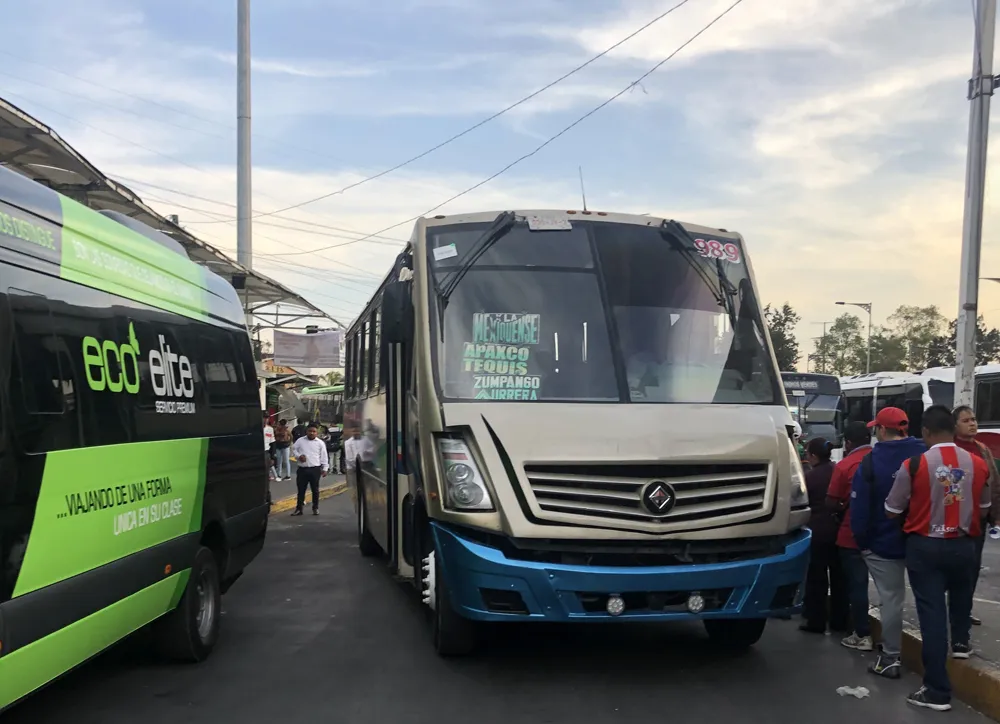In Motion Technology is widely deployed in public safety, public transit and utilities. By securely connecting laptops, tablets, electrocardiograms (EKGs), electronic patient care reporting (EPCR), IP cameras, computer aided dispatch (CAD) and vehicle diagnostic systems, the onBoard Mobile Gateway will improve operational efficiency for emergency responders. The system enables operations to analyse information from gateways in the field via a dashboard showing locations, direction and speed, and monitors vehicle diagnostics, devices and networks. It also provides secure IP mobility and sub-second switching in a multi-network environment.
“We believe that 4G LTE will revolutionise mobile-centric businesses by enabling improved real-time collaboration, said Kirk Moir, president and COO for In Motion Technology. “In the case of EMS, 4G LTE provides real-time sharing of video, voice and data that can have a dramatic impact on patient outcomes.”Transforming emergency vehicles into mobile hotspots
Verizon Wireless and In Motion Technology have announced what they claim is the first wireless mobile router system available for securely extending the enterprise network to the vehicle over the world’s largest 4G LTE network. The In Motion Technology onBoard system includes a mobile gateway that transforms vehicles into secure, mobile hotspots; a network management system that monitors network health and communications; and a mobile-optimised VPN server providing end-to-end security.
March 23, 2012
Read time: 2 mins










